H Company is a multinational oil trader. Its operations span over 100 countries, with an annual trade volume exceeding 100 million tons and a trade value surpassing $100 billion. However, global expansion has brought challenges such as complex management, data silos, market differences, credit management issues, legal and compliance diversity, and communication barriers across languages and time zones, all of which impact operational efficiency and risk control.
To address these challenges, H Company introduced the Fusion system, a comprehensive CTRM/ETRM system. Fusion integrates multi-level management, data consolidation, customizable features, credit and compliance management, and efficient communication tools, enabling unified management and efficient operations of cross-border businesses.
This article will explore H Company’s cross-border management challenges, analyze how Fusion addresses these issues, and summarize the implementation results and lessons learned from Fusion at H Company, providing a solution for other multinational enterprises.
I. H Company’s Pain Points in Cross-Border Business Management
H Company faces pain points in management, business, and communication when managing its cross-border operations:
1. Management Issues
Management Differences: H Company uses a hierarchical management structure. There are differences in the management levels between the headquarters and subsidiaries, with diverse management needs to be addressed.
Data Silos: Systems and processes across branches are not unified, leading to inefficient information flow and affecting the unified management and operational efficiency of cross-border businesses.
Market Differences: There are significant differences in the global market environment, competitive logic, and other factors. Each subsidiary must develop differentiated strategies based on local market characteristics, requiring localized operational needs.
2. Business Issues
Complex Credit Management: International trade involves many partners from different countries, and the credit status of counterparties varies greatly, increasing credit risks and management complexity.
Diverse Legal and Compliance Requirements: Different countries have varying requirements in areas such as tax law, trade law, and customs law. Policy changes (such as sanctions or political risks) further exacerbate compliance challenges.
3. Communication Issues
Cross-Language and Time Zone Communication: With subsidiaries located globally, differences in language, time zones, and communication tools lead to low communication efficiency, affecting decision-making and execution.
After analyzing H Company’s management, business, and communication pain points, the next challenge is to effectively resolve these issues. Below, we introduce how the Fusion solution addresses H Company’s cross-border management difficulties.
II. Fusion’s CTRM/ETRM Solution for Commodities Trading
Fusion System is an integrated CTRM/ETRM system designed for enterprise-level customers. It includes functions for trade management, execution management, risk control, and financial management in commodities trading.
Fusion enables integrated management of both physical goods and financial derivatives business, covering the full process from trading, transportation execution, inventory to settlement.
By consolidating business data, Fusion supports risk indicator calculation, helping companies effectively avoid market, credit, and compliance risks, providing comprehensive support for global operations.
Fusion’s solution provides a solid foundation for H Company’s cross-border business management.
However, the key to the success of the Fusion system implementation lies in how the solution can be applied specifically to address H Company’s management differences, data silos, market differences, credit management, legal compliance, and cross-language time zone communication challenges.
Next, we will delve into how Fusion provides customized solutions to H Company’s specific problems.
III. Fusion’s Solutions for H Company’s Cross-Border Management
1. Management Differences Solution
Fusion addresses H Company’s vertical and horizontal management differences through multi-level management, modular design, and differentiated access control.
Multi-Level Management
Fusion supports multi-level management between the headquarters and subsidiaries, meeting the needs of different levels. For example, the headquarters can view a global risk control dashboard, while subsidiaries use their local dashboards for management.
Modular Design
Fusion modularizes functions such as trade, risk control, and finance, making it easier for different business units to select the required modules, satisfying horizontal management differences.
Differentiated Access Control
Through differentiated access control settings, Fusion ensures that employees can only access data relevant to their roles, ensuring data security while allowing flexible management.
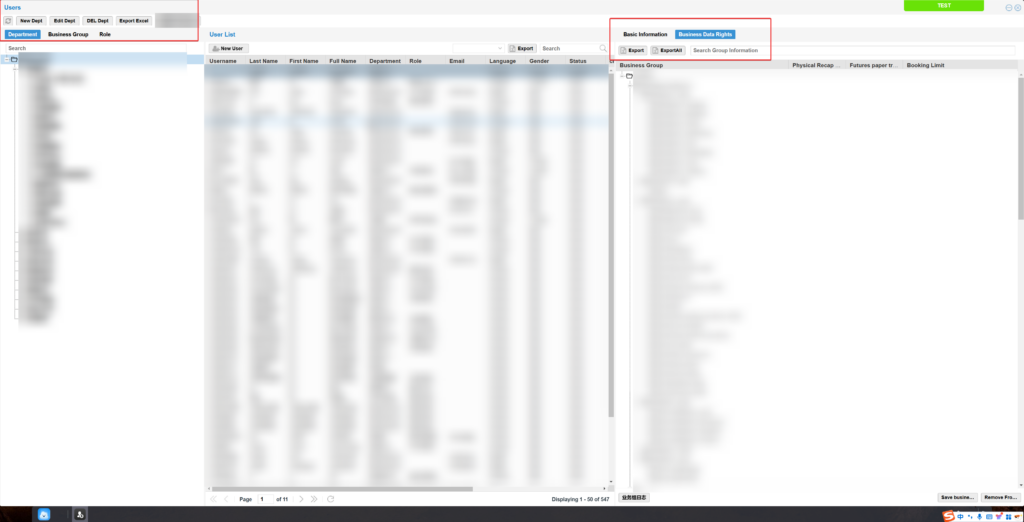
In summary, Fusion’s layered management, modular design, and access control ensure that the headquarters can monitor globally, while subsidiaries can operate independently, effectively addressing the complexities of cross-border management.
2. Data Silos Solution
Fusion resolves the issue of data silos through its integrated, modular, and streamlined system design.
Integrated, Streamlined System Design
Fusion integrates multiple business module processes such as trade, risk control, and finance, achieving unified management and data sharing. For example:
- Trade Management: Includes modules for physical trading, transportation execution, and settlement, supporting unified management of cross-border trade.
- Financial Derivative Management: Supports modules for futures trading, hedging strategies, etc.
- Financial Management: Ensures financial data integration through settlement and fund management modules.
- Risk Management: Provides modules for P&L tracking, VaR calculations, and unified market risk management.
- Basic Data Management: Manages modules for transportation data, product data, and other foundational data.
Single Module Aggregated Management
Fusion aggregates and categorizes information to ensure that data across different branches and business modules are uniformly entered and queried. For example, the physical trade module supports unified management of spot and long-term contract transactions, with flexible search conditions for cross-branch queries.
System Data Integration
Fusion integrates both internal systems and supports data integration with external systems (e.g., financial systems), ensuring data consistency.
Through these designs, Fusion ensures that business systems, processes, and information across different branches can be shared and managed on a unified platform, avoiding information silos and improving cross-border operational efficiency.
3. Market Differences Solution
Fusion addresses H Company’s diverse market needs through flexible customization settings and differentiated management features.
Flexible Customization
Fusion allows subsidiaries to customize settings based on market needs, such as trade pricing, legal requirements, currencies, inspection standards, and payment terms, enabling each subsidiary to adjust its business strategy flexibly.
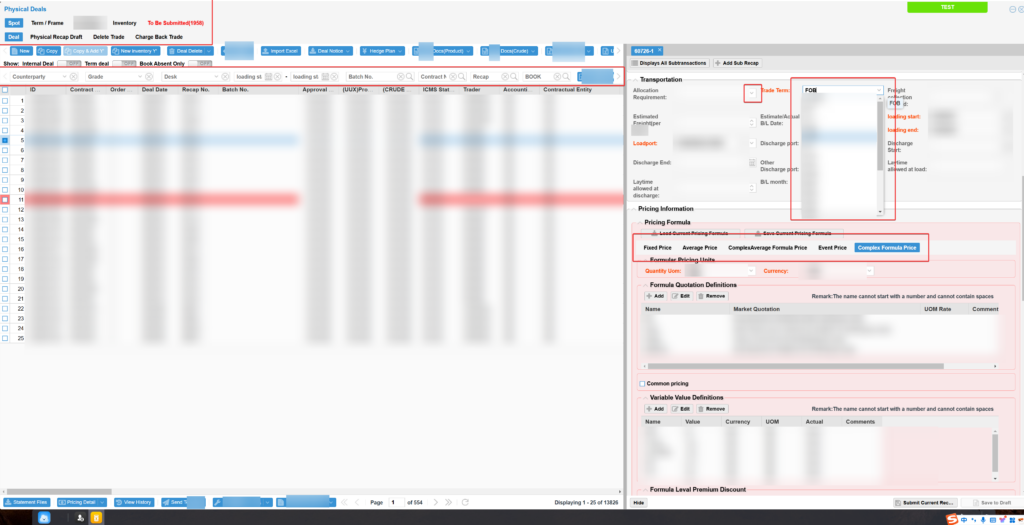
Differentiated Management
The system supports customized development for differentiated management needs. For instance, Fusion has designed multiple modules to support localized inventory management strategies for multi-product inventory management needs.
Fusion’s customization and modular features ensure that subsidiaries can adjust strategies according to local market characteristics, improving global competitiveness.
4. Credit Management Solution
Fusion provides dedicated credit management features to help H Company comprehensively monitor counterparty credit risks.
Counterparty Information Management
Fusion centralizes counterparty credit limits, admission criteria, and other information, supporting dynamic adjustments to credit granting strategies.
Real-Time Credit Limit Monitoring
Fusion monitors credit limit usage in real time, sending risk alerts when nearing the limit to avoid exceeding limits.
Credit Reports and Risk Analysis
Fusion generates detailed credit reports to help the company identify potential risks and optimize credit granting strategies.
These features simplify the complexity of credit management, helping businesses control credit risks effectively and ensure safe global operations.
5. Legal and Compliance Solution
Fusion offers a comprehensive compliance management system to help H Company address global legal and compliance challenges.
Counterparty Admission Management
Fusion supports background checks and risk assessments of potential counterparties. The system evaluates financial status, compliance records, and legal risks to ensure compliance.
Dynamic Compliance Monitoring
The system continuously monitors counterparty compliance, identifying potential compliance issues (such as sanctions, anti-money laundering risks) and addressing them promptly to reduce compliance-related legal risks.
Letter of Credit Management
Fusion provides letter of credit functionality. In case of counterparty default, the company can obtain financial compensation, reducing legal dispute risks.
Contract Clauses and Risk Control
Fusion supports adding compliance clauses and risk controls in contracts, such as breach responsibilities and dispute resolution mechanisms. This helps clarify responsibilities and reduces the risk of legal disputes.
Unified Compliance Information Management
Fusion centralizes compliance information from various countries, ensuring compliance with laws and regulations for cross-border trade.
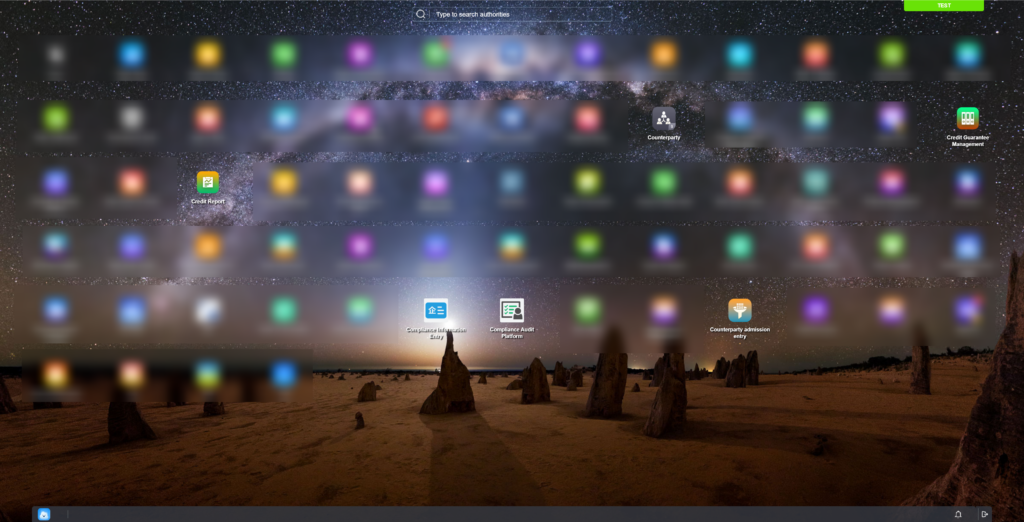
With this comprehensive compliance management system, Fusion helps H Company reduce compliance risks and legal costs, ensuring the sustainability of its global business.
6. Cross-Border Communication Solution
Fusion improves cross-border communication efficiency through multi-language support, time zone adaptation, and standardized data.
Multi-Language Support
Fusion supports multiple languages, including Chinese, English, and Traditional Chinese, adapting to different regions’ language environments and reducing communication barriers.
Time Zone Adaptation
The system supports operations across multiple time zones, with transaction timing controlled according to each respective time zone, ensuring employees view information and perform actions based on their local time zones.
Unified Communication Language and Data Standards
Fusion provides a unified data dictionary and business manuals, ensuring team members use the same standards and terminology, improving communication efficiency and avoiding misunderstandings.
Personalized Settings
Users can select their preferred language and time zone based on local requirements, ensuring the system is configured according to local work habits.
Through these communication features, Fusion improves communication efficiency across global teams, supporting efficient decision-making and execution for international business.
In conclusion, Fusion’s multi-level management, modular design, integrated system, flexible customization, credit and compliance management, and cross-language/time zone support have significantly improved H Company’s cross-border business management.
So, how effective are these solutions in practice? Next, we will showcase the significant results and case studies from the implementation of the Fusion system at H Company.
IV. Implementation Results of Fusion in H Company
The full implementation of Fusion at H Company has significantly improved the efficiency of its multinational business management. By addressing H Company’s pain points in management, operations, and communication, Fusion has brought the following results:
Improved Management Efficiency
Optimized Management Needs: Fusion’s multi-level management and differentiated permission settings met the varying management needs of H Company’s headquarters and branches. The group headquarters can monitor global branch operations in real time, while branches can operate flexibly according to local needs. After implementing Fusion, H Company’s decision-making efficiency improved by 30%.
Resolved Data Silos: Through integrated system design and data consolidation, Fusion successfully addressed the data silo issue between H Company’s branches. Information flow efficiency increased by 40%, significantly enhancing the ability to manage cross-border operations.
Support for Market Differentiation: Fusion’s customizable settings and features allowed H Company to flexibly adjust business strategies based on different market demands. After implementation, the localization efficiency of branches improved by 30%, and market response speed increased by 25%.
Improved Business Operation Efficiency
Optimized Credit Management: Fusion’s credit management module enabled H Company to monitor and alert on counterparty credit limits in real time. As a result, credit risk decreased by 20%, and the number of credit limit breaches reduced by 35%.
Strengthened Compliance Management: Fusion’s compliance management system helped H Company effectively address legal and compliance challenges worldwide. Through counterparty access management, dynamic compliance monitoring, and compliance information management, H Company reduced compliance risks by 30%, and business interruptions due to compliance issues were reduced by 50%.
Improved Communication Efficiency
Cross-Language and Time Zone Support: Fusion’s language and time zone adaptation features significantly improved communication efficiency for H Company’s multinational team. After implementation, communication costs due to language and time zone differences decreased by 40%.
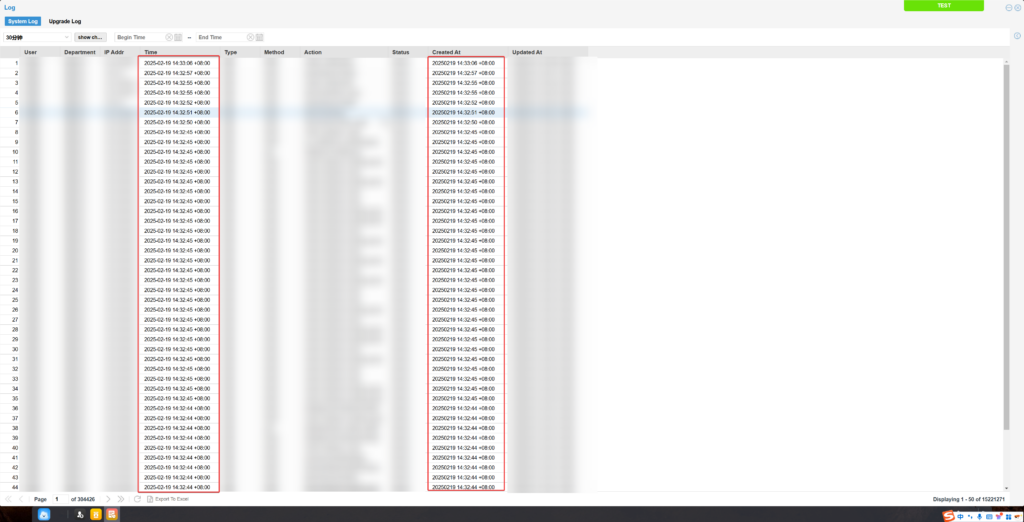
The successful implementation of Fusion at H Company not only resulted in significant improvements in operational efficiency but also provided valuable insights for other multinational companies facing similar challenges.
Finally, we will explore the insights gained from Fusion’s implementation at H Company. These lessons can serve as a reference for other multinational companies facing similar challenges.
V. Insights: Successful Practices of Fusion in H Company’s Multinational Management
Through the implementation of Fusion, H Company has accumulated valuable experience in multinational business management.
Flexible and Layered Structure for Efficient Cross-National Management: Fusion helped H Company optimize collaboration between headquarters and branches, ensuring that the needs of different levels were met. This flexible management model not only increased efficiency but also prevented data silos, ensuring information sharing and real-time flow.
Highly Customizable System for Market-Specific Adjustments: The system’s high degree of customization helped H Company flexibly adjust strategies based on different market needs, enhancing its competitiveness in the global market.
Precise Control of Credit Risk and Compliance Management: Most importantly, Fusion’s precise control of credit risk and compliance management significantly reduced potential risks, providing H Company with robust risk protection.
Improved Communication Efficiency through Multi-Language and Time Zone Adaptation: Moreover, through multi-language support and time zone adaptation, Fusion further enhanced communication efficiency for multinational teams, reducing operational obstacles caused by language and time zone differences.
In conclusion, Fusion not only provided strong support for H Company’s multinational management but also offered a reliable digital transformation tool for other multinational enterprises. If you too aim to improve the operational efficiency of your multinational business, Fusion will be your ideal choice, helping your company steadily advance in the global competition.

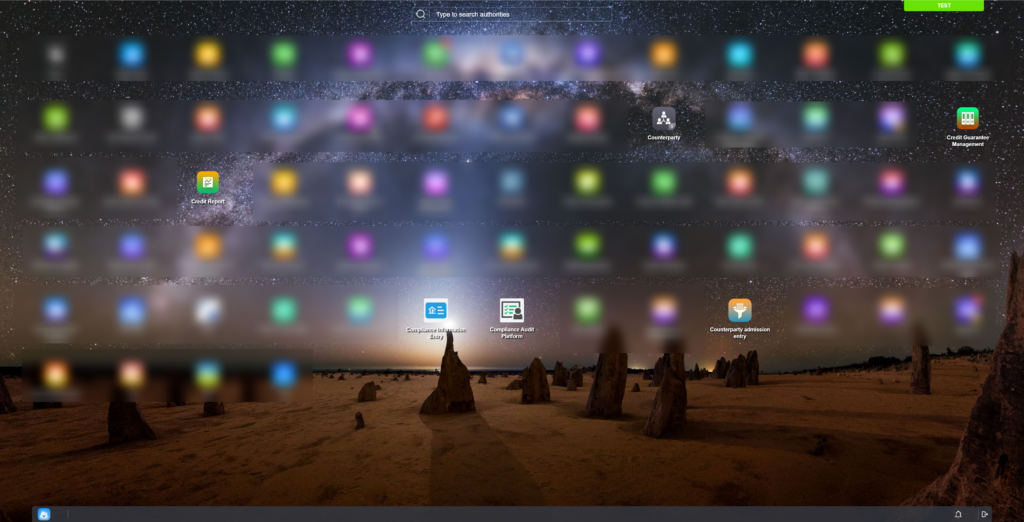
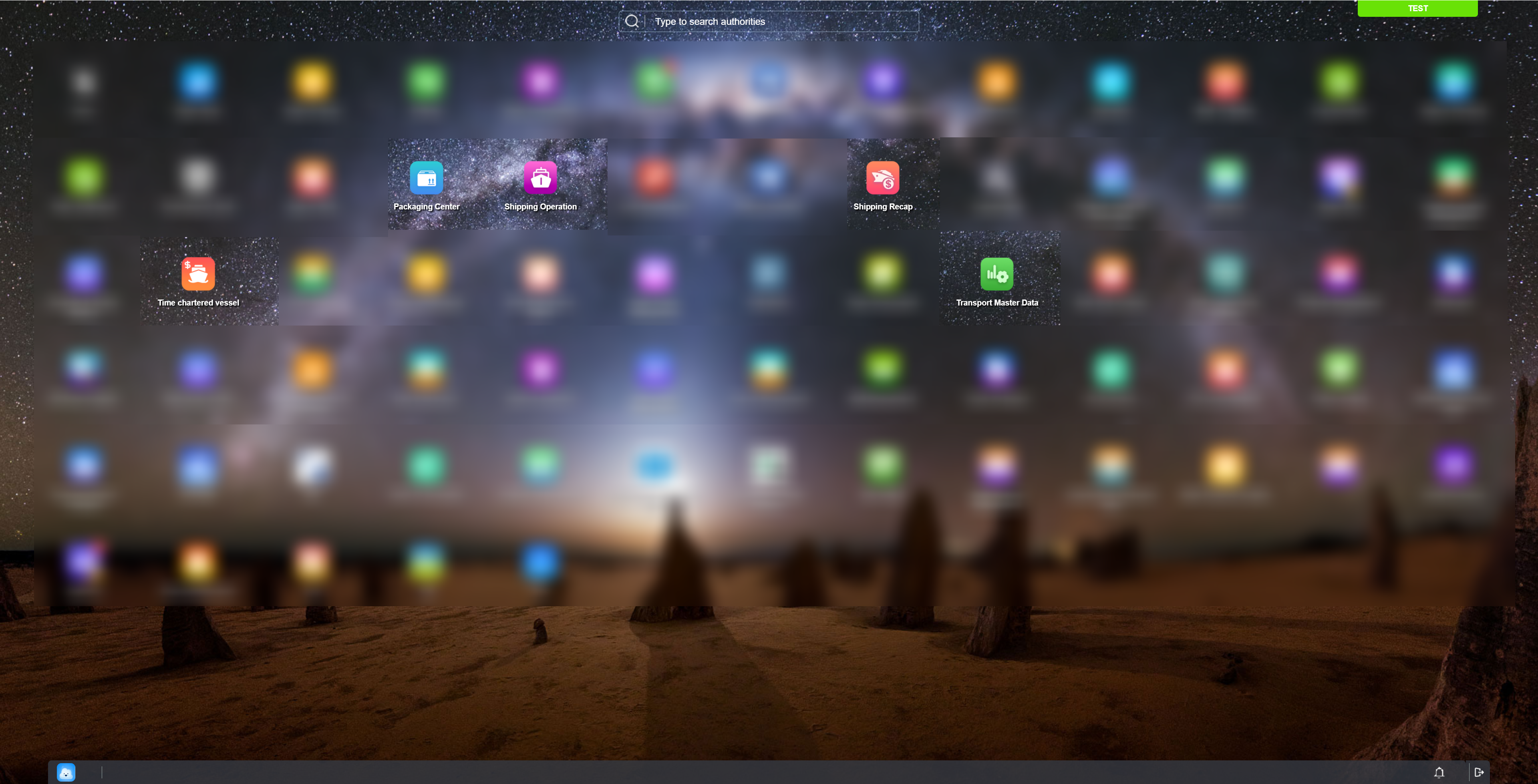


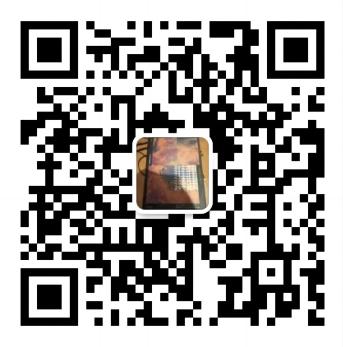
15 Responses
I blog frequently and I truly thank you for your content.
This great article has truly peaked my interest.
I am going to book mark your blog and keep checking for new information about once
a week. I subscribed to your RSS feed too.
I enjoy looking through an article that will make men and women think.
Also, thanks for allowing me to comment!
Thank you for your attention.
May I simply just say what a comfort to discover someone who truly knows what they’re talking about on the
internet. You definitely know how to bring a problem to light and make it important.
More people have to check this out and understand this side of the story.
I can’t believe you aren’t more popular given that you
most certainly possess the gift.
Thank you for your attention.
Right here is the right web site for anybody who really
wants to find out about this topic. You understand so much its almost tough
to argue with you (not that I actually would want to…HaHa).
You definitely put a new spin on a subject that’s been discussed for
decades. Wonderful stuff, just great!
Thank you.
wonderful put up, very informative. I ponder why the other specialists of this sector don’t understand this.
You should proceed your writing. I’m sure, you have
a huge readers’ base already!
Thank you for your attention.
Simply want to say your article is as surprising. The clearness in your post is just
great and i could assume you’re an expert on this subject.
Fine with your permission let me to grab your RSS feed to keep up
to date with forthcoming post. Thanks a million and please continue the rewarding work.
Thank you for your attention. You can bookmark the website URL to check for new articles.
Have you ever considered about including a little bit more than just your
articles? I mean, what you say is important and everything.
Nevertheless think of if you added some great graphics or videos to give your posts more, “pop”!
Your content is excellent but with images and clips, this blog
could undeniably be one of the best in its
niche. Superb blog!
Thank you very much for your suggestions. This website will continue to improve in the future, and we’ll add appropriate images and videos at the right time down the line.
Hello very cool web site!! Guy .. Excellent .. Amazing ..
I’ll bookmark your web site and take the feeds additionally?
I’m satisfied to seek out numerous useful info right here in the post,
we need work out extra strategies on this regard, thank you for sharing.
. . . . .
Thank you for your attention.The site will continue to update with new content in the near future.